Advice for keiki and mom with flower spikes
adardich
2 years ago
Featured Answer
Sort by:Oldest
Comments (28)
adardich
2 years agodsegel
2 years agoRelated Discussions
Epicatt producing too many Keikies...
Comments (8)Yes, you are correct, the correct name is El Hatillo. I am growing it on my west facing balcony with my other orchids. I have everything from vandas to phragmipedums out there. This particular plant is living with my Cattleyas. During the summer (when it developed the spikes) it gets watered once every 4-5 days (depending on how dry the medium is & how the leaves & P.B.s look. From Early Dec. it is watered every 7-10 days (again, depending on how dry the medium feels & how the leaves & P.B.s look). They get a balanced 20-20-20 at 1/4 strength applied with its weekly watering. On the 4th water cycle, I withhold fertilizer to help clean out some of the excess minerals. The light situation is pretty good. I have it with my Cattleyas. It generally receives around 3,000 F.C. of light starting around 12:00 thru sunset. Light does become brighter as the sun begins to shine stronger thru the screen. The Cat.s that it lives with have all got new growth & have bloomed, so I am pretty sure that the light, water, & fertilizer are pretty good. My mother has one (I actually gave here the one that was in full flower so she could enjoy it more) that she grows on her west facing porch with her cattleyas. She uses the same type of fertilizer & has a very similar light situation. Do you have one of these? If so, how do you grow it? -Ray-...See MoreKeiki or not?
Comments (4)suz, I saw your thread. Mine is just leaves with blooms interspersed. I figure it isn't a real keiki. What is really interesting is a neighbor 2 doors down has the same thing going on with one of her grocery store orchids. I'm wondering if something I did brought this on. When the plants stopped blooming, I set them on the DR table because it gets the best east light. I had a luncheon and moved them to the garage where the windows have the same exposure. It was chilly but not cold in the garage. They stayed there a few days then I moved them back into the DR. I wonder if the change in temperature encouraged them to re-bloom? Generally, I treat my grocery store orchids as if they were cut flowers - when they stop blooming, I throw them out. I don't have the patience to fiddle with them, but I may see how the 3 I currently have that have completed blooming do. They will have to survive my very "benign neglect."...See MoreDo all spikes, pruned bt the top nodes grow keikis or new spikes?
Comments (12)I believe this is what has sparked the second spikes this year: the AC in my building kicked in for the summer, so even though the long, warm days are here, the temps in this room have dropped considerably. The next temperature swing will be in February, which coincides with lengthening after days after winter ... I think this is how I've ended up with two bloomings per year, and spikes that grow more buds one month after the first series of buds have opened. I feel like a greenhouse tricking orchids to bloom out of season (except I'm not 100% sure how I'm doing it, lol!). Oddly, my office had been in a south-facing, evenly temperate location down the hall for 7 years, and this never happened. My orchids faithfully had one bloom every year at the same time. Now I'm in an east-facing location, and the temp is all over the place, and it's a circus up in here, I'm never sure what to expect!...See MoreVanda with multiple keikis
Comments (10)I lived in NY most of my life and could not successfully flower them there even with full summer sun outdoors, lights indoors over winter. I live in Florida now and gave them a try again and they flower very easily. The only advice I can offer is to increase the sun. SE should be good but if you haven't been able to flower them in the past, my guess is they are not getting enough. Some Vandas will flower with partial shade but most need to be blasted. I grow mine in full East sun with afternoon (West) sun until about 3pm. I do not fertilize regularly, hardly at all sadly! Try cutting back on the fertilizer and try to increase the light intensity to see if that works. Jane...See Moredsegel
2 years agoBillsc
2 years agojane__ny
2 years agoBillsc
2 years agogetgoing100_7b_nj
2 years agoadardich
2 years agoBillsc
2 years agoBillsc
2 years agoBillsc
2 years agoadardich
2 years agoadardich
2 years agoadardich
2 years agoBillsc
2 years agoadardich
2 years agoBillsc
2 years agoadardich
2 years agojane__ny
2 years agogetgoing100_7b_nj
2 years agoadardich
2 years agoBillsc
2 years agoadardich
2 years agojane__ny
2 years agoadardich
last yearMeyermike(Zone 6a Ma.)
last yearjane__ny
last year
Related Stories

GARDENING GUIDESHouzz Call: What’s Your Favorite Backyard Beauty?
The simple, honest daisy is this writer’s go-to garden flower. We want to hear which plant, flowering or otherwise, gives you special joy
Full Story
HOUSEPLANTSHow to Grow Orchids Indoors
Orchids are the exotic aristocrats of the flower world and can make themselves comfortable in almost any home
Full Story
MOST POPULARModern Party Etiquette for Hosts and Guests
Learn the mannerly way to handle invitations, gifts and even mishaps for a party that's memorable for the right reasons
Full Story
HOUSEPLANTSMother-in-Law's Tongue: Surprisingly Easy to Please
This low-maintenance, high-impact houseplant fits in with any design and can clear the air, too
Full Story
GROUND COVERSGround Force: 10 Top Ground Covers for Your Garden
Protect your soil from weeds and drought this summer with a living mulch of ground covers
Full Story
PETSSo You're Thinking About Getting a Dog
Prepare yourself for the realities of training, cost and the impact that lovable pooch might have on your house
Full Story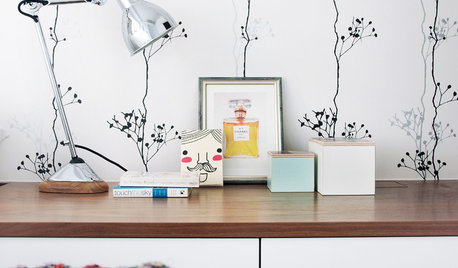
LIFE10 Steps for Saying Goodbye to Sentimental Objects
Are keepsakes cluttering your space and your life? Consider this approach for letting go and moving on
Full Story
HOUSEPLANTS8 Essentials for Healthy Indoor Plants
Houseplants add so much to our homes — and can thrive when grown in the right conditions. Keep these tips in mind
Full Story
GARDENING FOR BUTTERFLIESBe a Butterfly Savior — Garden for the Monarchs
Keep hope, beauty and kindness alive in the landscape by providing a refuge for these threatened enchanters
Full Story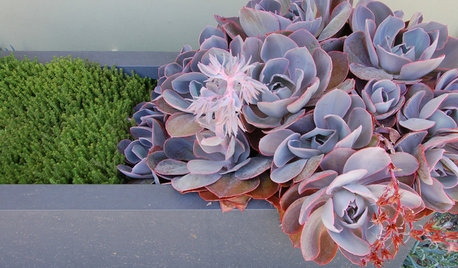
SUCCULENTSGrow a Garden of Succulents for Easy Beauty
Low-water plants in a wide range of colors, shapes and sizes? Sign us up — and check out our faves here
Full Story


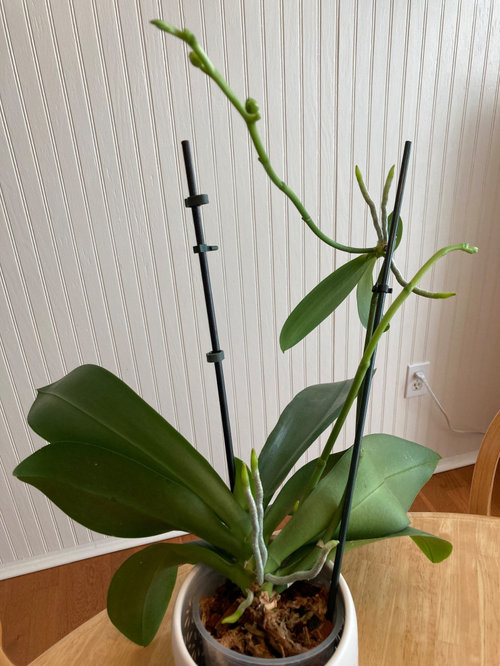
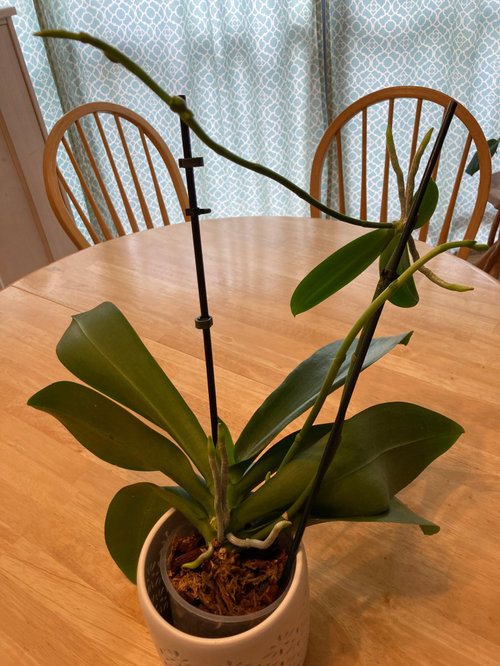
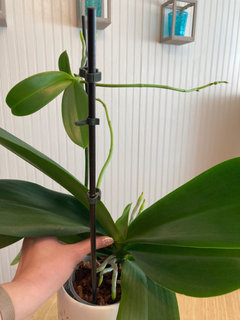


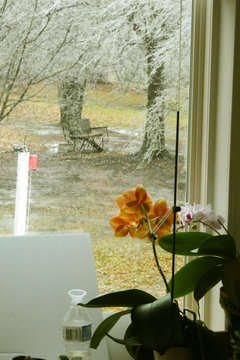
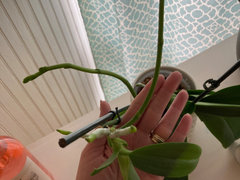





Billsc